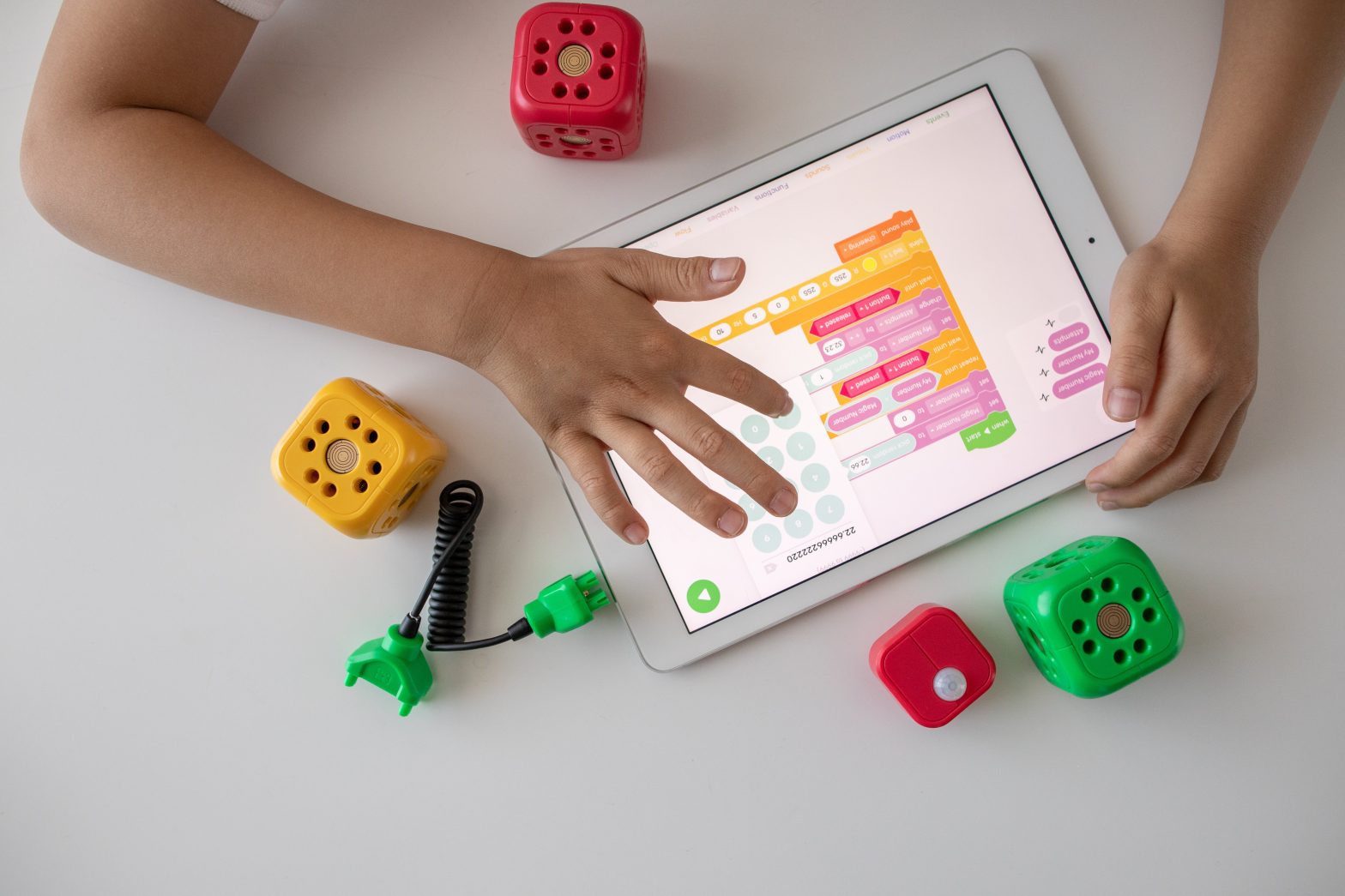
The Rise of Neobanks and Cloud-Native Financial Services
Explore the rise of cloud-native neobanks and the success factors for thriving in the digital banking industry.
9 minute read
•Financial Services



Explore the rise of cloud-native neobanks and the success factors for thriving in the digital banking industry.
9 minute read
•Financial Services

Cybersecurity in banking is critical as cybercriminals increasingly target banks, credit unions, and other financial institutions (FIs).
7 minute read
•Financial Services

As the cybersecurity landscape continues to evolve, banks and financial institutions become more desirable and vulnerable targets for cybercriminals leveraging ever more sophisticated capabilities. These bad actors are attracted to banks and financial institutions because of the large sums of money they handle and the valuable personal and institutional data they store. As a result, cybersecurity must become a top strategic priority for these organizations.
7 minute read
•Financial Services

In 2021, roughly 3.9 million workers quit their jobs every month, breaking the previous record of 3.5 million in 2019, SHRM reports. This was in part due to the increasing demand for technical talent and the lack of qualified candidates to fill these positions. In December 2021,
6 minute read
•Financial Services

With the advent of digital banking, more and more people are banking remotely via their personal computers and mobile devices. But while digital banking options have been on the rise for years, physical bank and credit union branches are still important to consumers.
6 minute read
•Financial Services

Today’s smart digital technologies have been critical to overcoming the early disruptions of the 2020s. Artificial intelligence (AI) is at the heart of this transformation, where 50% of companies had already adopted AI in at least one business function in 2020, McKinsey reports. Modern applications include manufacturing, customer service,
9 minute read
•Financial Services

An unprecedented 30 billion records were exposed in data breaches in 2020, driven in part by ongoing disruptions caused by COVID-19 that continued the following year. Today, the threats to modern industries and supply chains are only growing as new and more frequent attacks are on the horizon,
7 minute read
•Financial Services
We are writing frequenly. Don’t miss that.
Unregistered User
It seems you are not registered on this platform. Sign up in order to submit a comment.
Sign up now